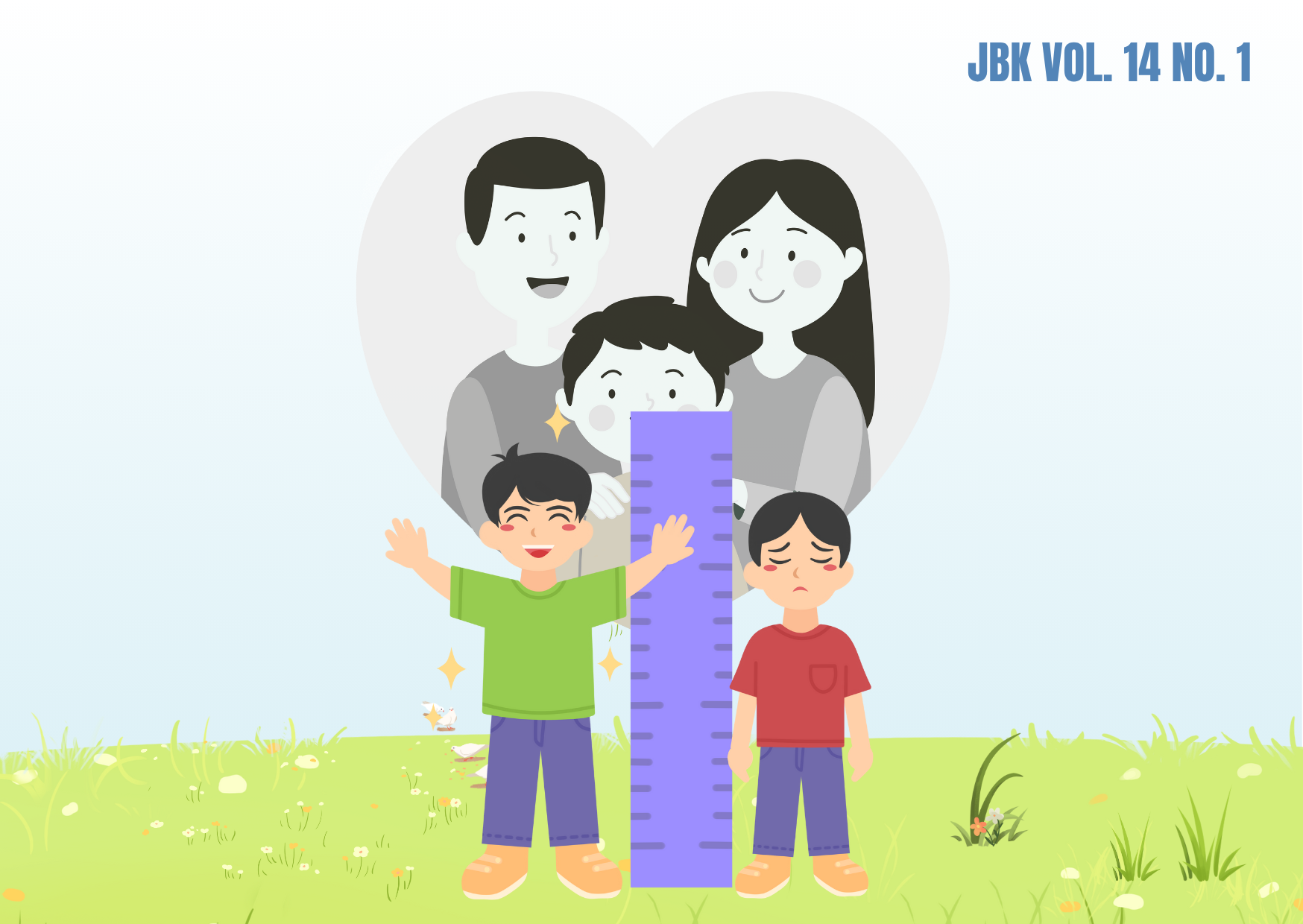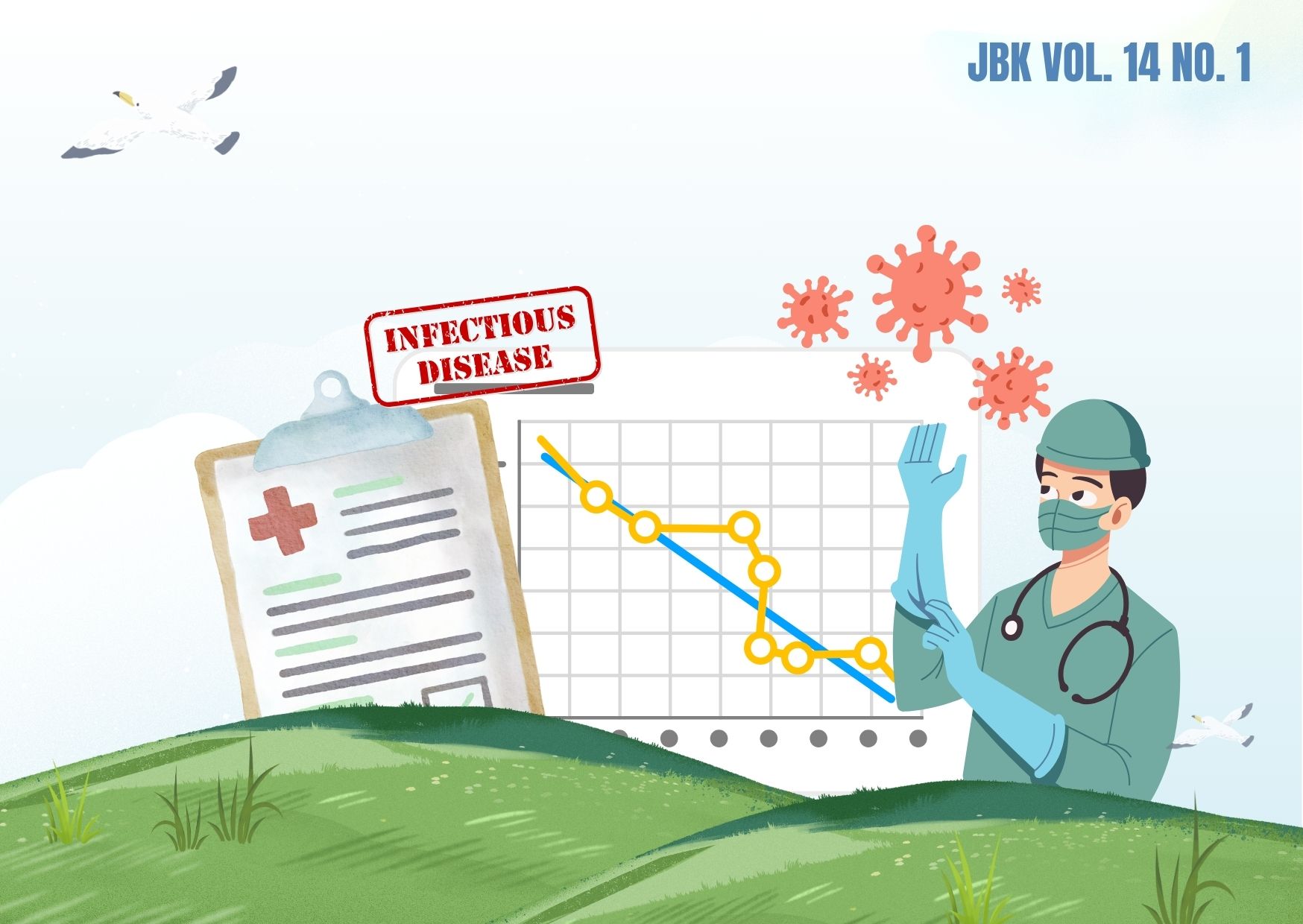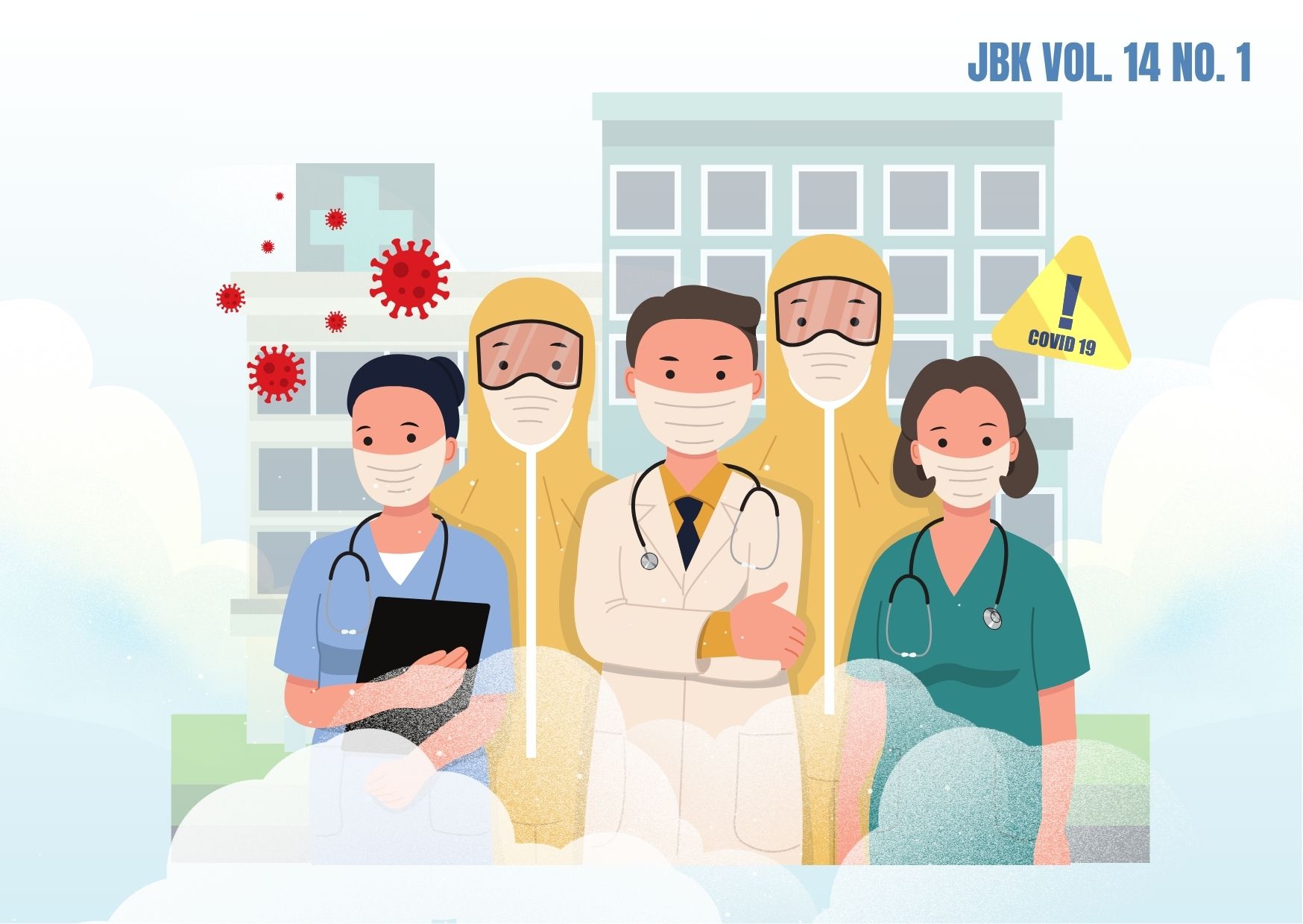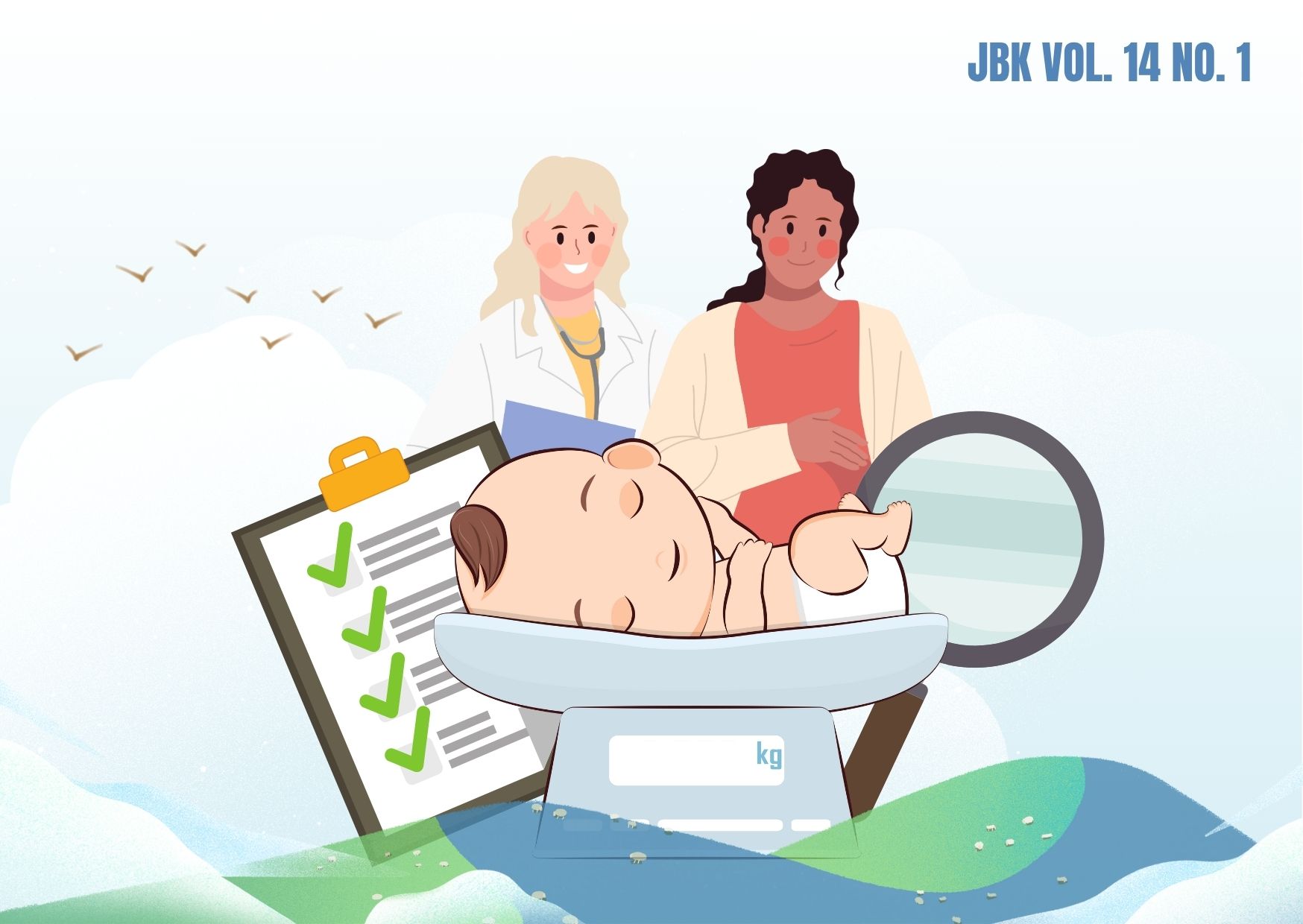Analisis Faktor Rendahnya Penggunaan Kontrasepsi Intra Uterine Device (IUD) di Jawa Timur 2015
Downloads
Aldriana, N., 2013. Faktor-faktor yang Berhubungan dengan Penggunaan Alat Kontrasepsi Dalam Rahim (AKDR) di Wilayah Kerja Puskesmas Rokan Hulu Tahun 2013. Jurnal Maternity and Neonatal, 1(3), pp.111–122.
Badan Koordinasi Keluarga Berencana Nasional, 2010. Konversi Peserta Keluarga Berencana Menurut Kontrasepsi. Jakarta: Badan Kependudukan dan Keluarga Berencana Nasional.
Bernadus, J.D., Madianung, A., Masi, G., 2013. Faktor-faktor yang Berhubungan dengan Pemilihan Alat Kontrasepsi Dalam Rahim (AKDR) Bagi Akseptor KB di Puskesmas Jailolo. Jurnal e-NERS (eNS), 1(1), pp.1–10.
Bertrand, J., Magnani, R.J., Rutenberg, N., 1994. Handbook of Indicators for Family Planning Program Evaluation. United States: USAID.
BKKBN, 2014. Peranan Rumah Sakit Swasta dalam Mendukung Pelayanan KB. Jakarta: Subid Bina Kesertaan KB Jalur Pemerintah dan Swasta.
BPS, 2013. Survei Demografi dan Kesehatan Indonesia 2012. Jakarta: Badan Pusat Statistik.
BPS, 2015. Hasil Sensus Penduduk 2014. Jakarta: Badan Pusat Statistik.
Depkes RI, 2008. Buku Panduan Praktis Pelayanan Kontrasepsi. Jakarta: Yayasan Bina Pustaka.
Dewi, P.H.C., Notobroto, H.B., 2014. Rendahnya Keikutsertaan Pengguna Metode Kontrasepsi Jangka Panjang pada Pasangan Usia Subur di Polindes Tebalo Kecamatan Manyar Kabupaten Gresik. Jurnal Biometrika dan Kependudukan, 3(1), pp.66–72.
Gani, I., Sari, A., 2015. Alat Analisis Data: Aplikasi Statistik untuk Penelitian Bidang Ekonomi dan Sosial. Yogyakarta: CV Andi Offset.
Greenberg, K.B., Makino, K.K., Coles, M.S., 2013. Factors Associated with Provision of Long-Acting Reversible Contraception among Adolescent Health Care Providers. Journal of Adolescent Health, 52(3), pp.372–374.
Handayani, S., 2010. Pelayanan Keluarga Berencana. Yogyakarta: Pustaka Rihama.
Hosmer, D.W., Lemeshow, S., 2000. Applied Logistic Regression. 2nd ed. New Jersey: John Wiley & Sons Inc.
Kemenkes RI, 2015. Profil Kesehatan Indonesia 2014. Jakarta: Kementerian Kesehatan Republik Indonesia.
Kemenkes RI, 2016. Profil Kesehatan Indonesia 2015. Jakarta: Kementerian Kesehatan Republik Indonesia.
Kusumaningrum, R., 2009. Faktor-faktor yang Mempengaruhi Pemilihan Jenis Kontrasepsi yang Digunakan pada Pasangan Usia Subur. Skripsi. Universitas Diponegoro.
Nasution, S.L., 2011. Faktor-faktor yang Mempengaruhi Penggunaan MKJP di Enam Wilayah Indonesia. Jakarta: Badan Kependudukan dan Keluarga Berencana Nasional.
Notoatmodjo, S., 2010. Ilmu Perilaku Kesehatan. Jakarta: Rineka Cipta.
Proverawati, A., 2010. Panduan Memilih Kontrasepsi. Yogyakarta: Nuha Medika.
Rokhmah, N.A., 2014. Perbedaan Tingkat Kenyamanan dalam Melakukan Hubungan Seksual pada Pasangan Penggunaan Kontrasepsi IUD dan Non IUD di Desa Bligo Kecamatan Ngluwar. Skripsi. Sekolah Tinggi Ilmu Kesehatan 'Aisyiyah Yogyakarta.
Santoso, S., 2010. Statistik Multivariat Konsep dan Aplikasi dengan SPSS. Jakarta: PT Alex Media Komputindo.
Zainudiin, E., 2012. Faktor yang Berhubungan dengan Pemilihan Metode Kontrasepsi Efektif Terpilih (MKET) pada Akseptor KB di Kelurahan Tonasa Kecamatan Balocci Kabupaten Pangkep Tahun 2012. Skripsi. Universitas Hasanuddin.
Copyright©2022 Jurnal Biometrika dan Kependudukan (Journal of Biometrics and Population)
This work is licensed under a Creative Commons Attribution-NonCommercial-ShareAlike 4.0 International License.
1. Copyright of all journal manuscripts is held by the Jurnal Biometrika dan Kependudukan.
2. Formal legal provisions to access digital articles of the electronic journals are subject to the provision of the Creative Commons Attribution-ShareAlike license (CC BY-NC-SA), which means that Jurnal Kesehatan Biometrika dan Kependudukan to keep, transfer media/format, manage in the form of databases, maintain, and publish articles.
3. Published manuscripts both printed and electronic are open access for educational, research, and library purposes. Additionally, the editorial board is not responsible for any violations of copyright law.



































